Offering a direction for the nation’s climate change efforts
How do you assess Vietnam’s net zero emissions target by 2050, made by Prime Minister Pham Minh Chinh during his attendance at the COP26 climate summit?
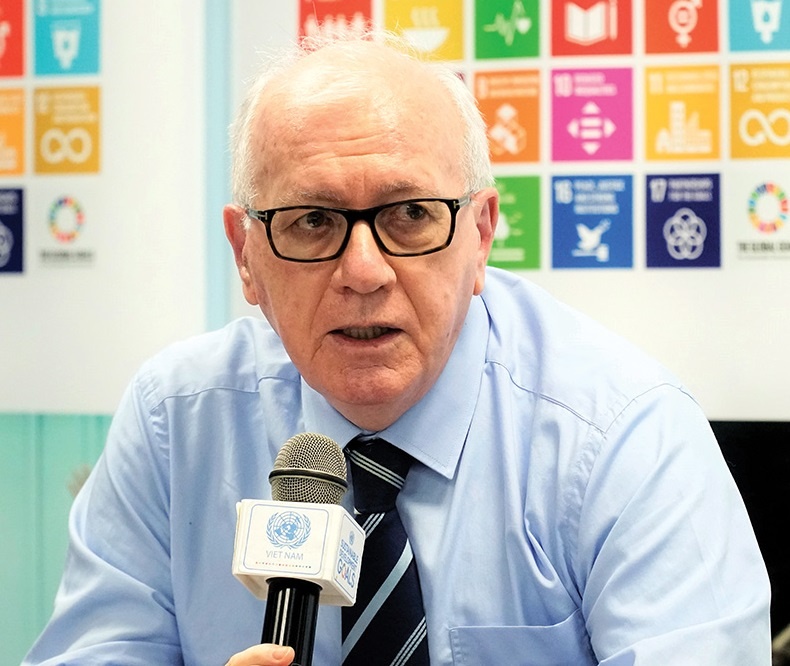 |
| Terence D. Jones, resident representative a.i. in Vietnam for the United Nations Development Programme |
We were impressed with the prime minister’s statement at the conference, and we think his statement early in the proceedings encouraged other countries to increase their ambitions. We were particularly pleased that he joined the pledge to end the use of coal in power plants and he also joined the collective effort to stop deforestation. These are very important commitments to net zero emissions by 2050.
We were also impressed by the focus on the people-centred approach that acts of climate justice and equity should drive decision-making so that everybody benefits from the process, and that all decisions by the government should be influenced by climate and nature considerations, which are the foundations of a sustainable society.
We also felt that these clear announcements provide decision-makers in the government, the private sector, and in communities with the right direction to make their own moves to help contribute to reaching those targets.
Finally, of course, a major issue at the conference is the commitment of developed nations to continue to support in a more ambitious way the efforts of countries like Vietnam in transforming their economies and society, and we support the prime minister’s call for enhanced level of resources to match domestic ambitions.
Of course, the United Nations Development Programme (UNDP) and other UN organisations will contribute strongly to support the government’s ambitions, because implementation is clearly the most important point that needs to be addressed going forward after COP26.
What solutions can be proposed for Vietnam to achieve net zero emissions target by 2050?
The government can start by reviewing existing plans to adjust them to reflect the new targets. For example, at this point, the National Power Development Plan is under review, and that is an obvious place to start to address the goals of reducing the dependence on coal, particularly in the energy sector. It is also an enabling factor for promoting new policies and investments in renewable energy. Vietnam has tremendous potential in solar and wind power. And therefore, revising those plans can set the scene for private investors to take advantage of the new set of policies.
It is a major opportunity to jump-start the change that is required to achieve the targets. We need to look in more detail at some of the major energy users in the economy, whether it’s construction, the transportation sector, industry, or agriculture.
So in construction, for example, the UNDP has been supporting an effort to reduce the energy use in high-rise buildings in Vietnam by using modern technologies to reduce the use of energy. That needs to be made more widespread and to take advantage of such opportunities that solar power generates from buildings.
In the transportation sector, we have also been trying to support experimentation in e-mobility, how to promote the use of electric motorbikes, and the sharing of transportation while increasing access to public transport, with the first metro line in Hanoi recently operational. So improving access to public transportation is another important dimension that changes consumption patterns.
Vietnam’s industrial and agricultural sectors are strongly developing. What measures can you suggest for them to reduce emissions?
In terms of industry and agriculture, we are happy that the government has put in place a strong effort to promote the circular economy and UNDP has supported them in conceiving that effort. Thus we recently helped the Ministry of Natural Resources and Environment launch a circular economy hub to try to bring all the stakeholders together to see how best to support businesses and communities in promoting a circular economy. That will not only improve the use of resources and improve competitiveness in Vietnam’s industry and agriculture, but also reduce emissions. So we see that as a part of an integrated effort to improve health of all Vietnamese.
We shouldn’t forget also that the commitment to stop deforestation and make the best use of expanding forests in Vietnam can not only address some issues of climate change like water scarcity and management of water resources, but they can also act as carbon sinks to reduce emissions. Thus we are supporting an effort to develop and regenerate mangroves in coastal areas which will stop the impact of climate change but also they act as a carbon sink.
So, we have a whole set of different interventions that need to be directed by the government and need to be coordinated by the government, and we need to bring onboard all the stakeholders to make sure that they understand and that they are supported in making their contribution to a vibrant low carbon circular economy.
Finally, having attended a session of the National Assembly Economic Committee, I think it has an important role to play in this transformation of policies to meet emissions targets by convening different stakeholders, to listen to their views, and to provide support to the government in taking forward the policies and investments needed to reach these ambitious targets by 2050.
What the stars mean:
★ Poor ★ ★ Promising ★★★ Good ★★★★ Very good ★★★★★ Exceptional
 Tag:
Tag:
Related Contents
Latest News
More News
- Climate Leaders Network aims to elevate role of women in green economy (April 16, 2024 | 15:42)
- Australia strengthens climate and energy cooperation with Vietnam (April 15, 2024 | 15:33)
- MoIT seeks to broaden participation in power purchasing agreement (April 12, 2024 | 10:33)
- Tin Thanh Group signs one billion tonne carbon offset deal (April 10, 2024 | 15:06)
- UNEP helps monitor plastic pollution in Vietnam (April 09, 2024 | 16:03)
- Russia's Zarubezhneft eyes offshore wind power in Vietnam (April 09, 2024 | 15:18)
- Keppel expands energy-as-a-service presence in Vietnam (April 09, 2024 | 15:14)
- Cong Ly asserts continutation of waste and wind ventures (April 09, 2024 | 11:23)
- Government commits to summer power availability (April 09, 2024 | 10:36)
- Investors await instructions for financing power projects (April 09, 2024 | 10:30)



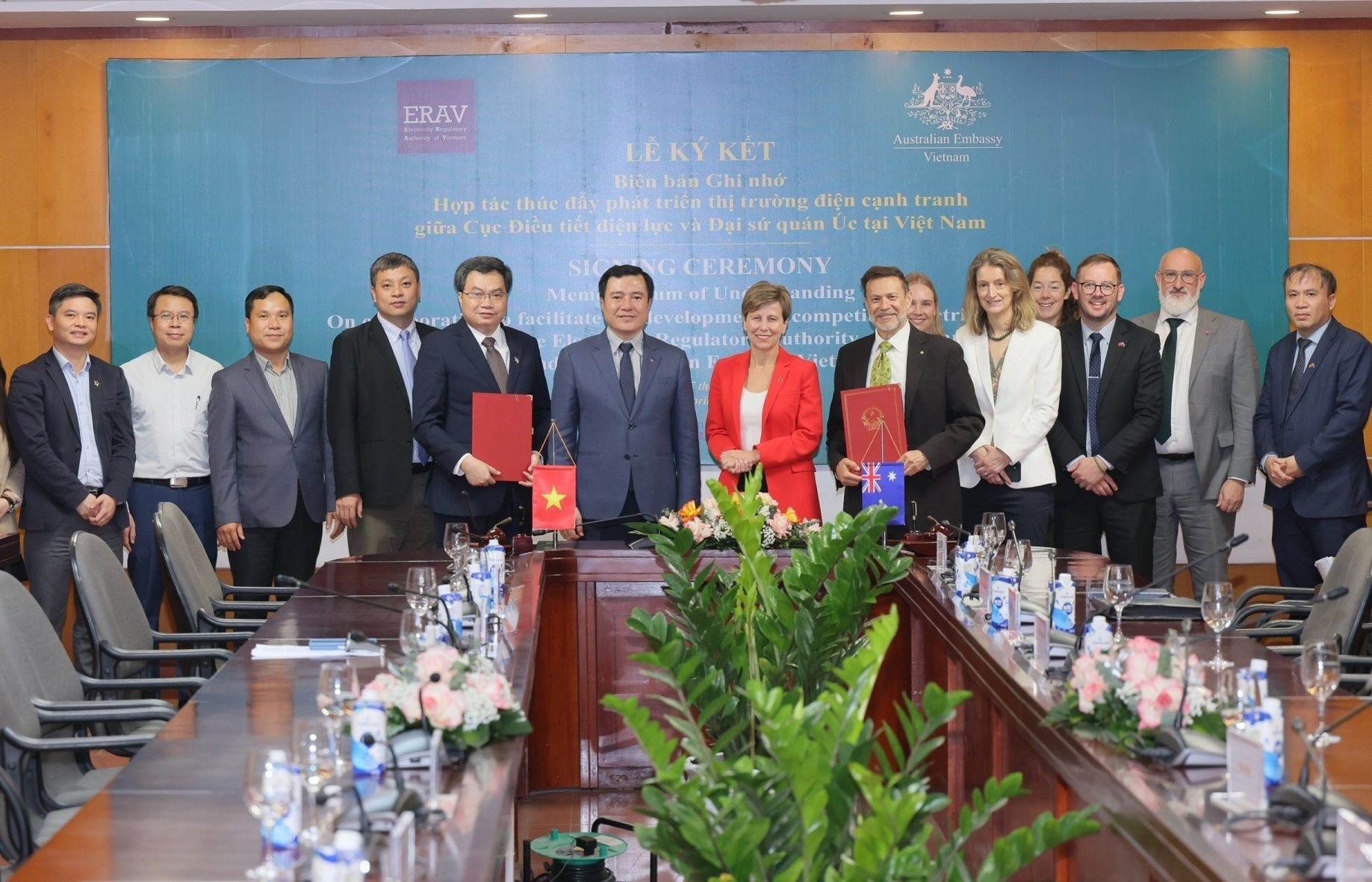
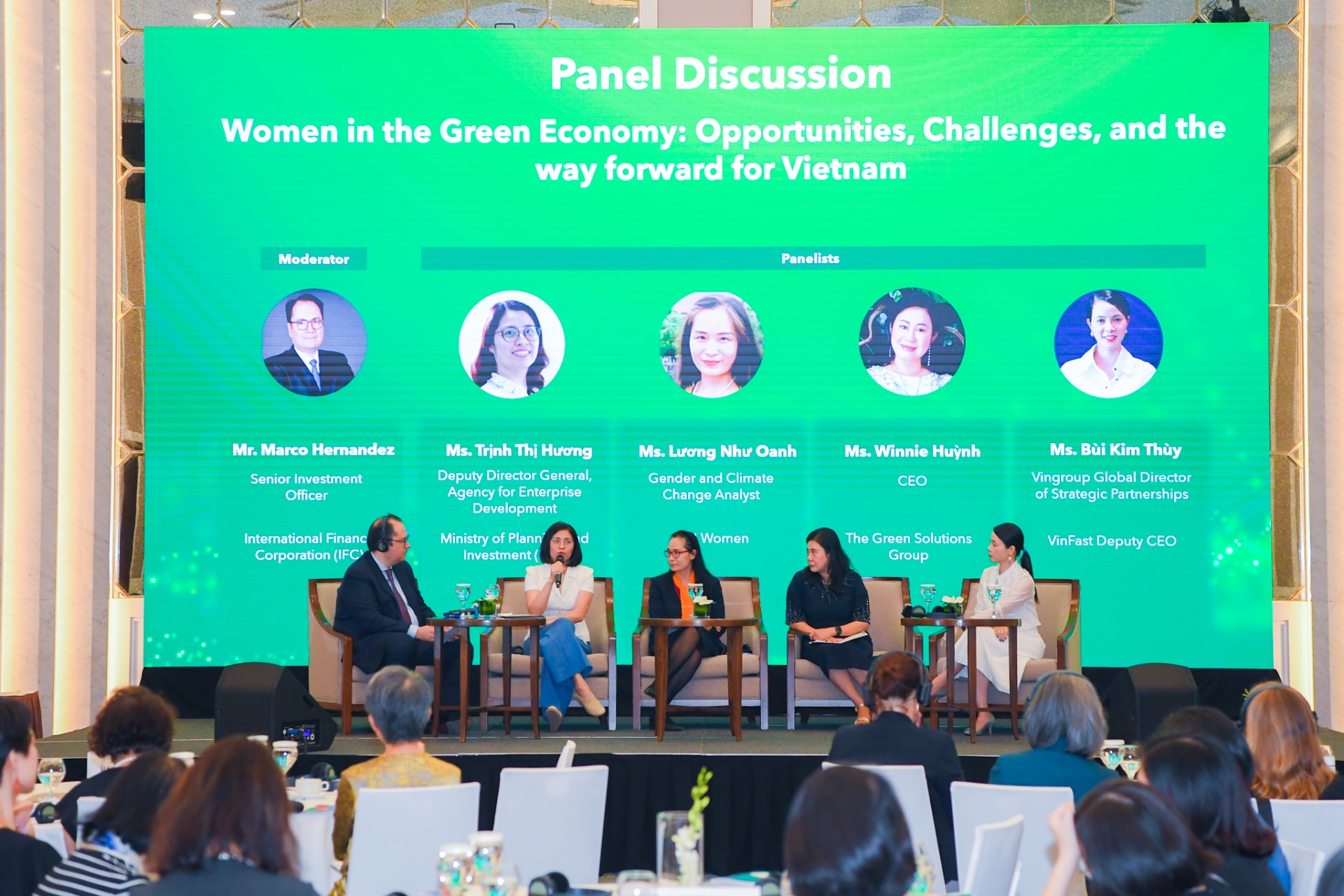
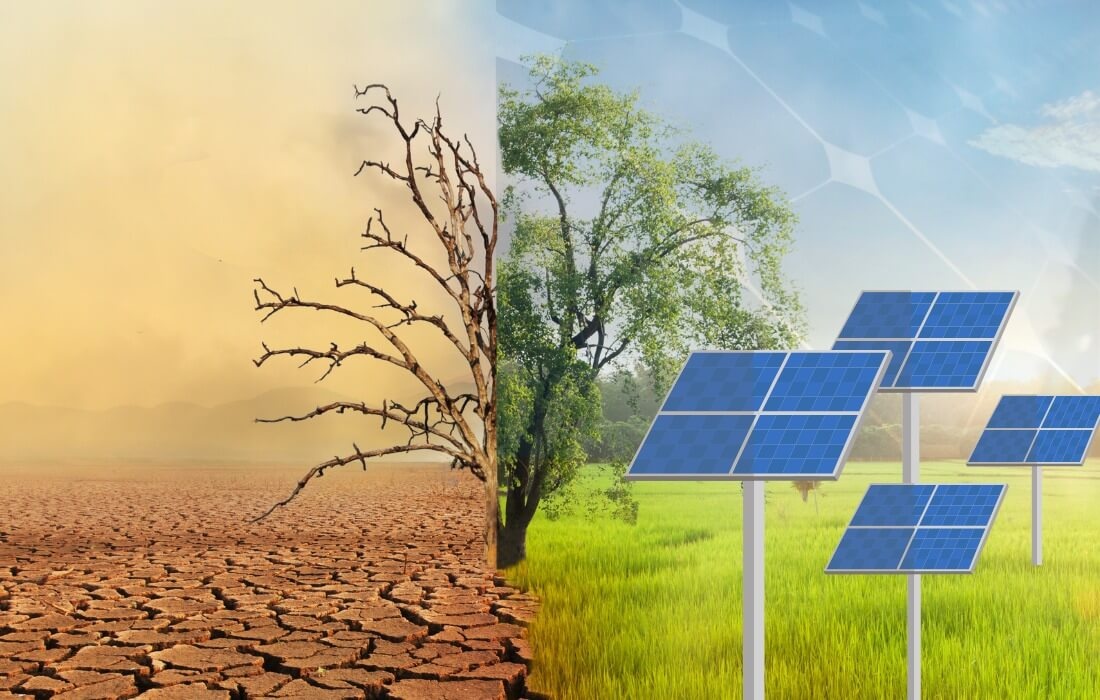
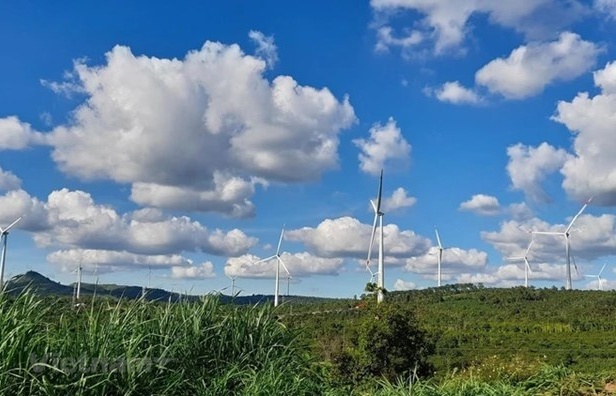


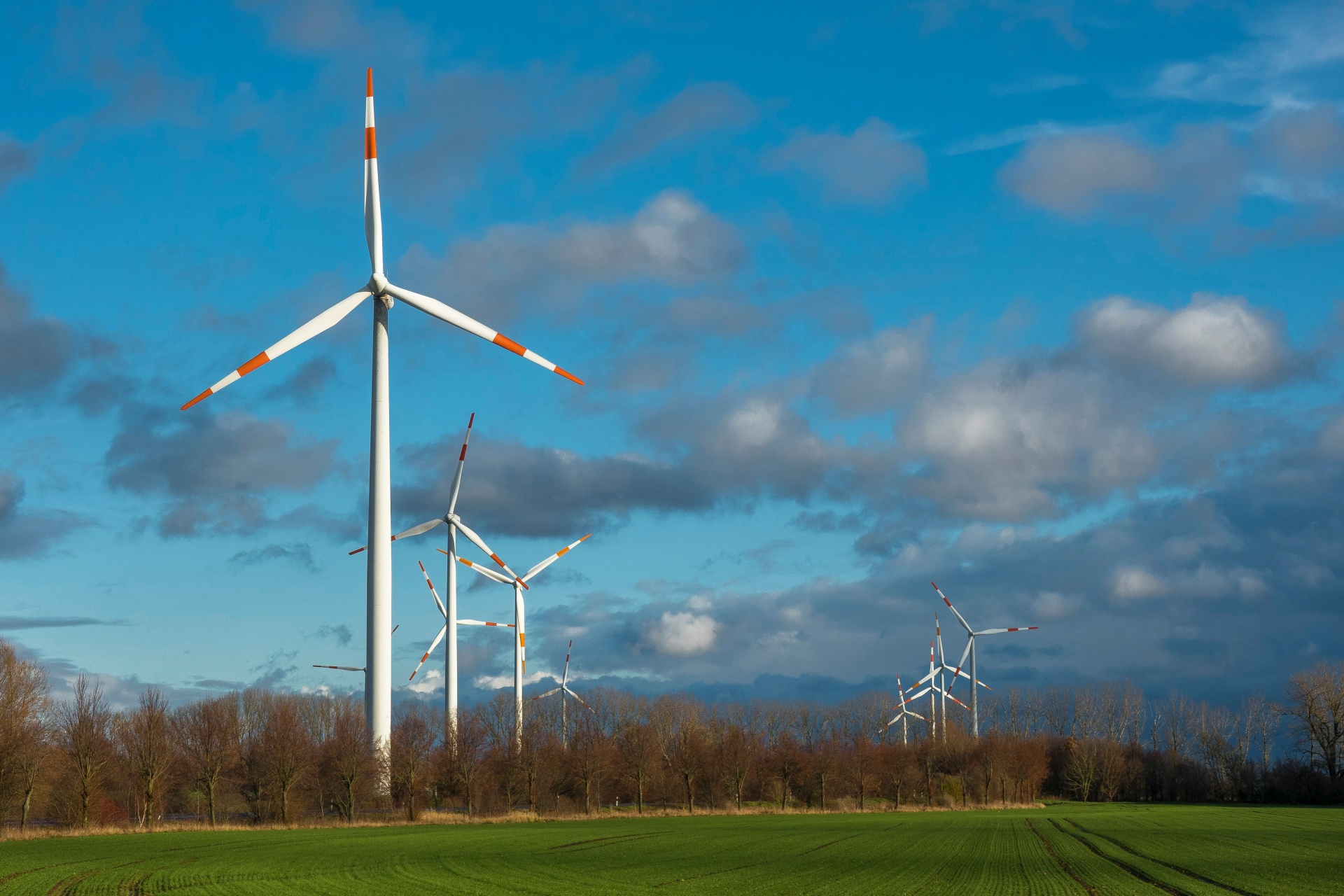
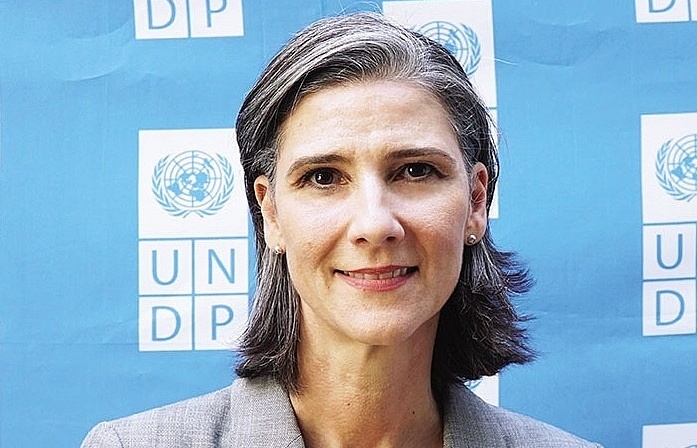
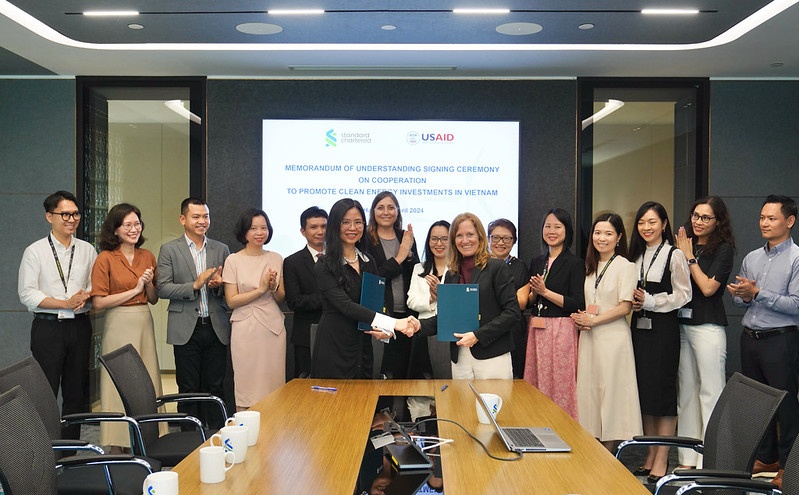
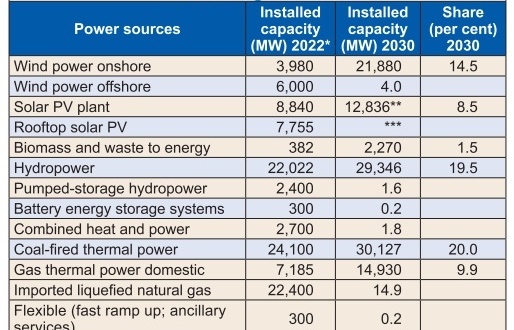
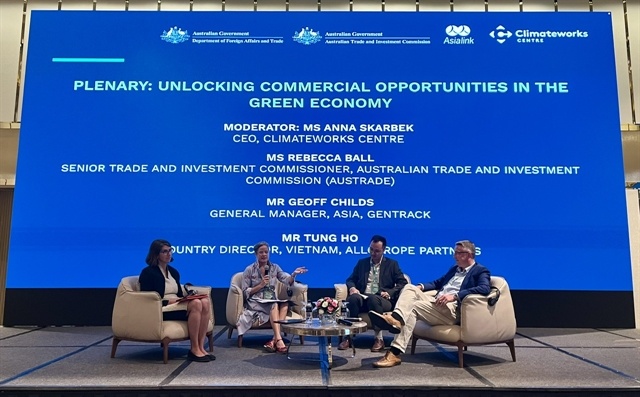









 Mobile Version
Mobile Version